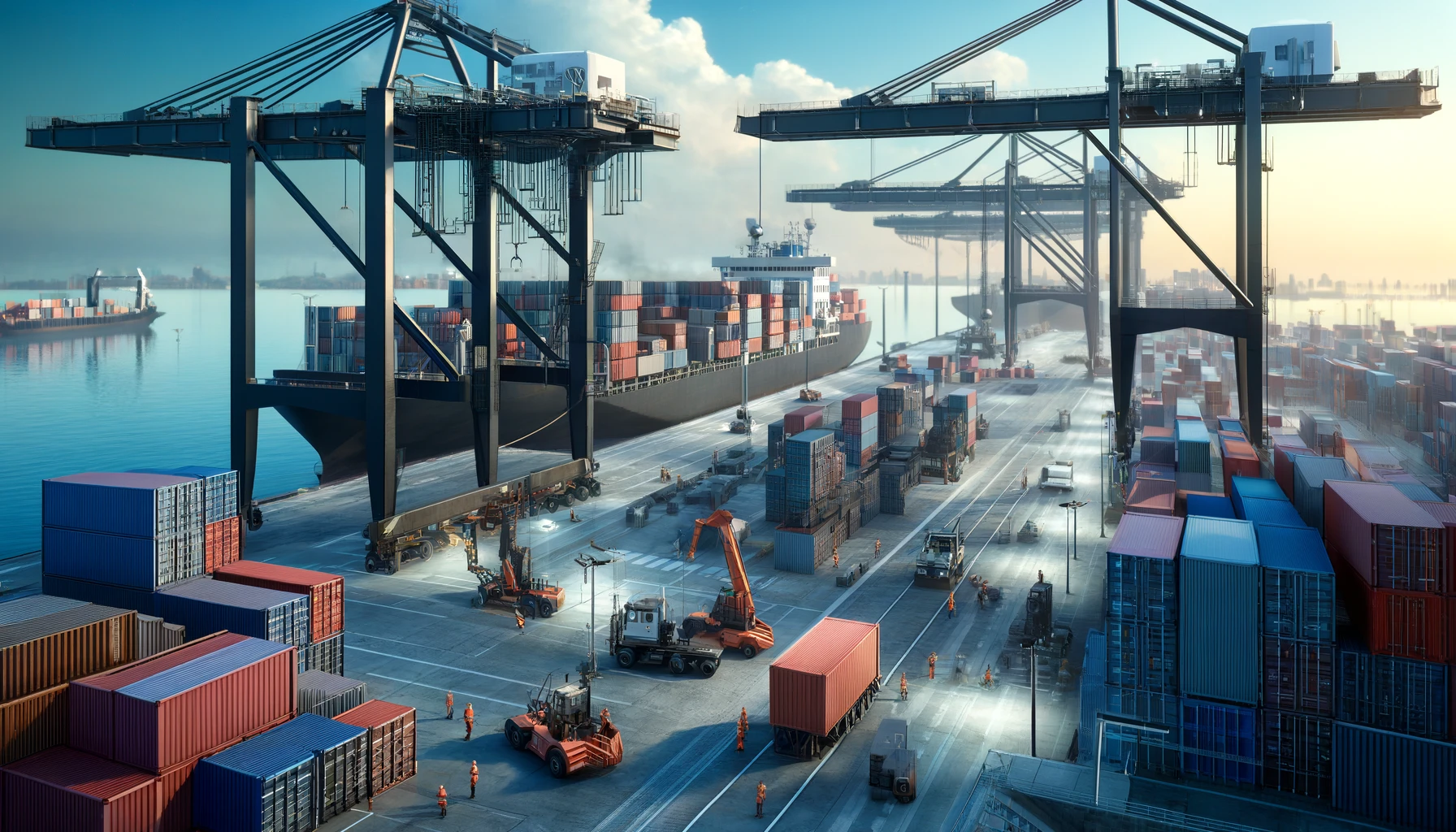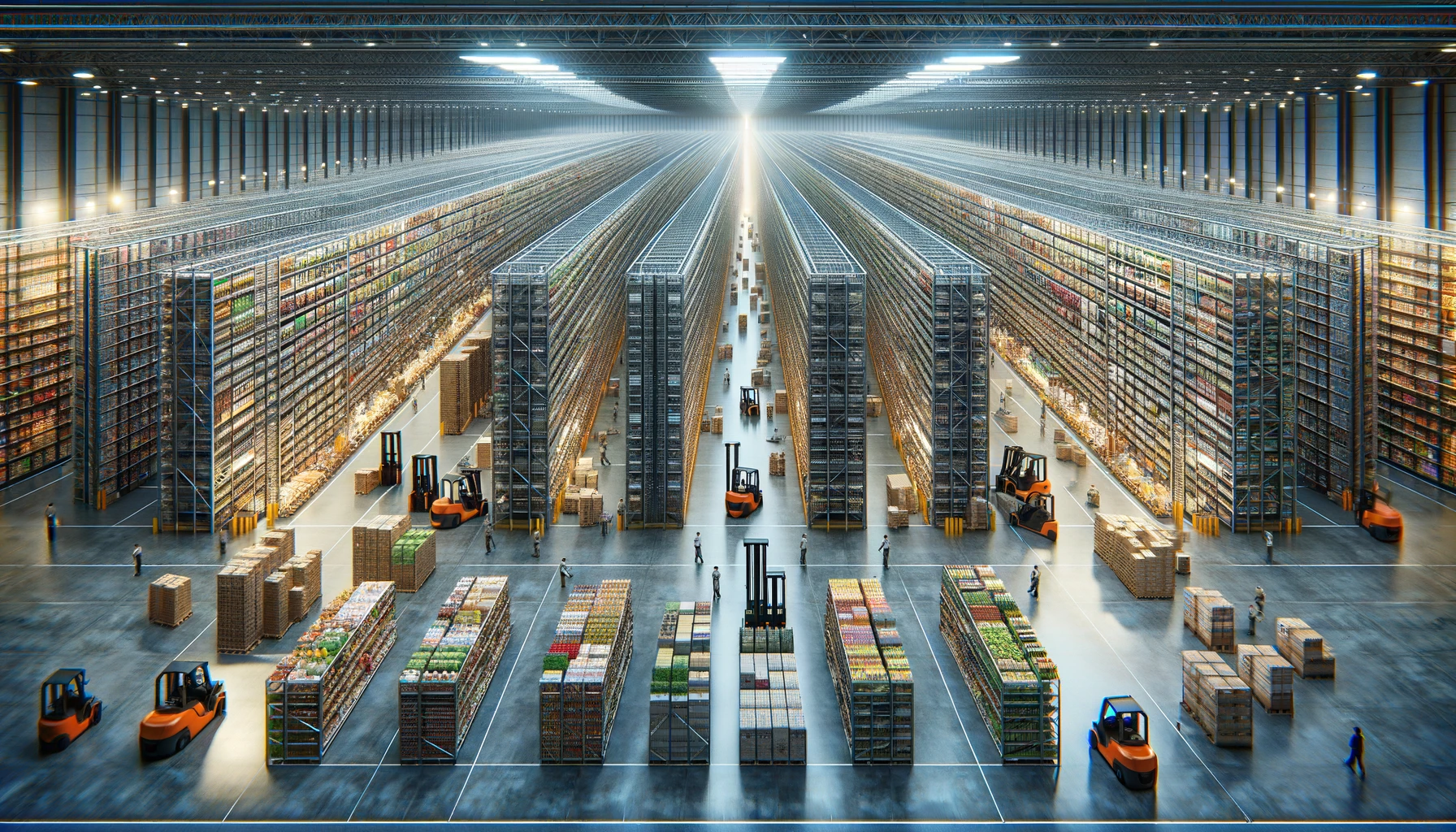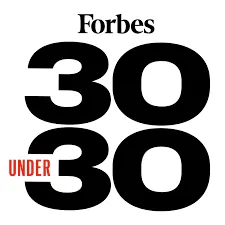.webp)
The COVID-19 pandemic led to a large investment from governments and private organisations into innovative solutions that could protect people from infection and reduce the spread of COVID-19. Artificial Intelligence (AI) was a key element of many of these solutions. Here are five ways AI was applied during the pandemic -– along with the impact these approaches are having on the post-COVID workplace.
- Keeping our distance
A key control during the pandemic was for people to maintain a 2m distance from other people. In a busy workplace this is an unnatural way of working, and it is easy to stray into the path of other workers. By applying AI-driven analytics to CCTV feeds, computer vision (CV) was able flag situations where people came too close to each other. In the short term, an alert could be used to remind people to keep apart. But the best organisations used the technology to discover where and when people were most likely to get too close. Measures to reduce bottle necks could then be implemented, for example revising shift patterns, signage or one-way systems.
Although requirements for keeping a distance from our colleagues have reduced, people still need to keep away from moving vehicles, noisy machinery and dangerous equipment. CV is a tested solution to detect these problems.
- Handwashing
Handwashing has always been an important hygiene measure, particularly in healthcare and food handling. The pandemic made us even more aware of its importance. Some people chose wearable devices that detected when they were washing their hands and encouraged them to take 20 seconds to do it thoroughly. The device could also be triggered to remind people to wash their hands in defined locations.
Alternatives to detect handwashing included using sound monitoring at sinks, monitors integrated into soap dispensers and computer vision. While some solutions measured the incidence and duration of handwashing, computer vision could be trained to recognise the quality of handwashing, distinguishing between different types of hand movements. Encouraging people to wash their hands fully, especially when handling food, remains an important aspect of health management.
- What are they wearing?
Where people couldn’t keep their distance from each other, masks were often mandated to protect people. To be effective, masks needed to cover the nose and the mouth, and to be worn anytime people might come close to each other. Computer vision can detect the presence of a mask and whether the mask is being worn correctly.
Organisations that adopted CV to detect COVID-19 face masks can use the same systems to check if workers are wearing personal protective equipment (PPE), including hard hats, high-vis jackets or gloves.
- Learning to listen: coughing
COVID-19 has made AI a better listener. Researchers realised that infected people with no other noticeable symptoms coughed in a unique way. The difference between a COVID cough and a normal cough could not be detected by the individual or others around them – but AI could hear it. The AI learned by listening to tens of thousands of samples of coughs, successfully identifying people with asymptomatic COVID-19 who then tested positive.
Alongside the benefits of speech recognition, being able to listen to workplace sounds could have other benefits. Sound differences could be used to detect when machinery needs preventative maintenance before a breakdown occurs, providing more opportunities to plan maintenance safely.
- Diagnosis
With the increase in the number of people with lung conditions arising out of the COVID-19 pandemic, there was a greater uptake of advanced medical imagery analysis for X-rays, MRIs, ultrasound and CT scans. One estimate is that in two years (2020-2021) $19.2 billion dollars was invested in AI healthcare. The more AI is used and given feedback, the more it learns, so this provided a leap forward for the technology, both in adoption and in accuracy of results.
In addition to the obvious benefits for early detection of other medical conditions, the leap forward in this technology has applications in the workplace – for better quality control, machinery fault detection and for spotting a larger range of hazards, before they cause an accident.
If you'd like to learn more about Protex AI and how we're utilizing computer vision to give enterprise EHS teams better visibility across their site and lower workplace accidents, you can view our demo video here.
%20(1).svg)







.webp)
.webp)